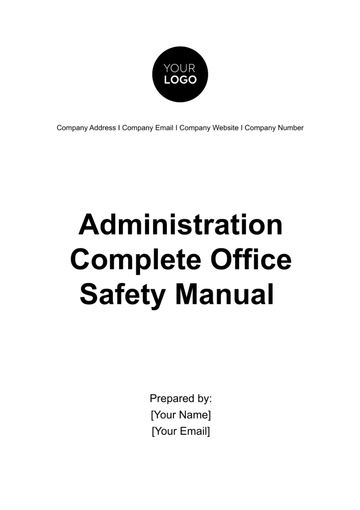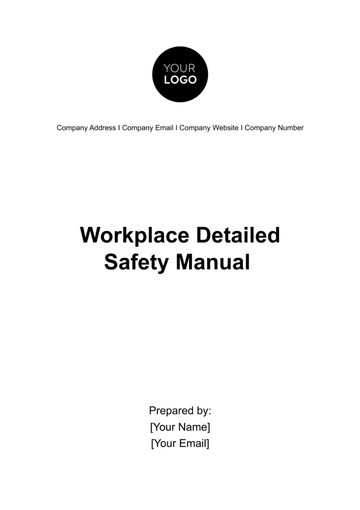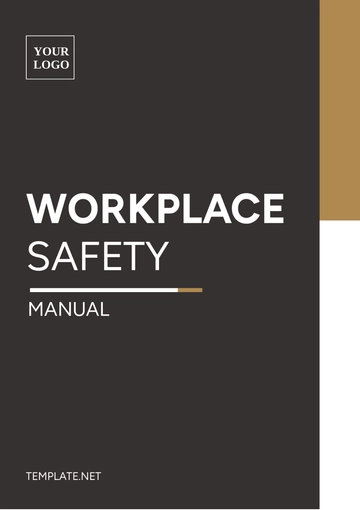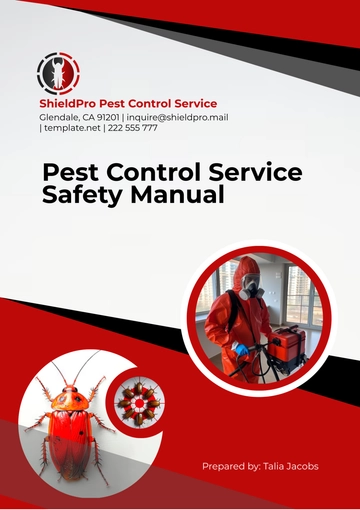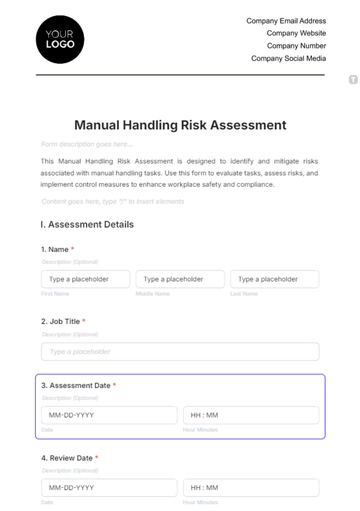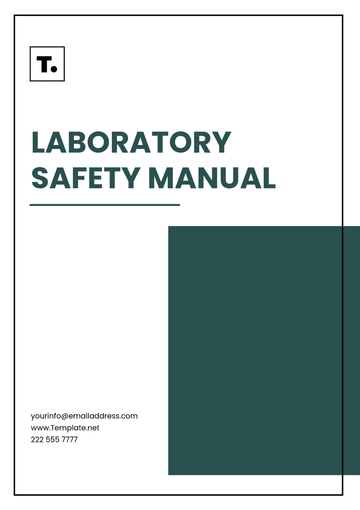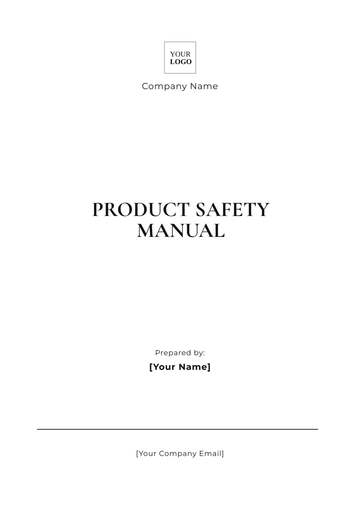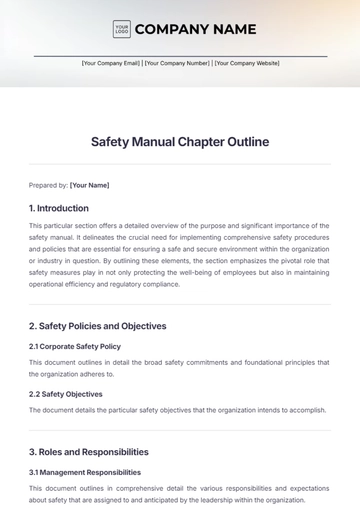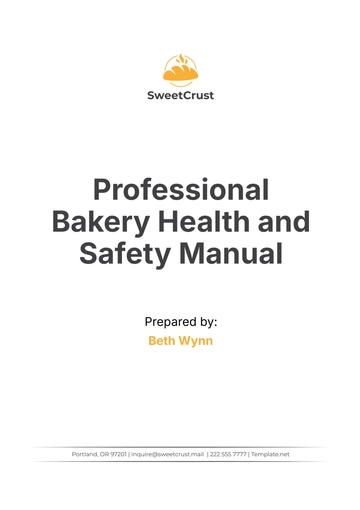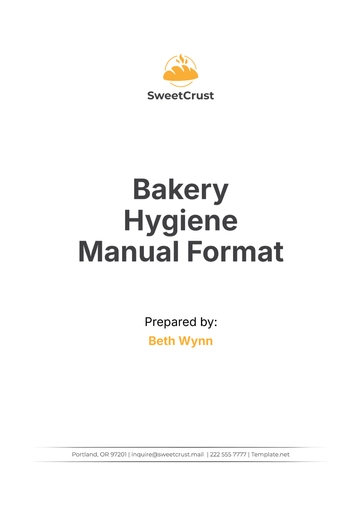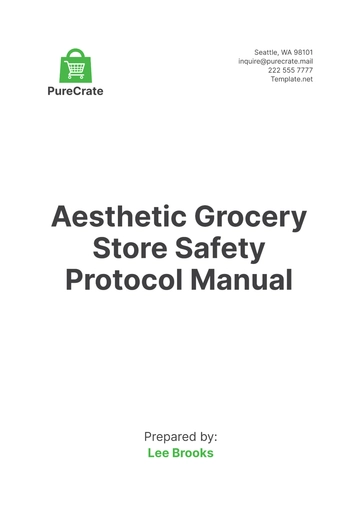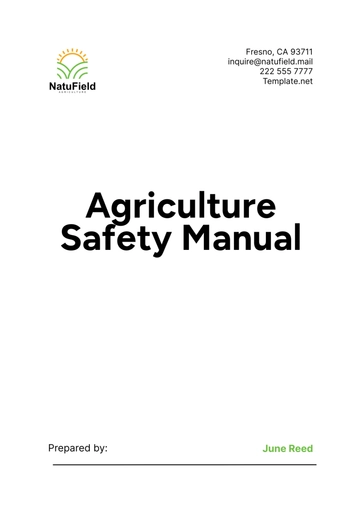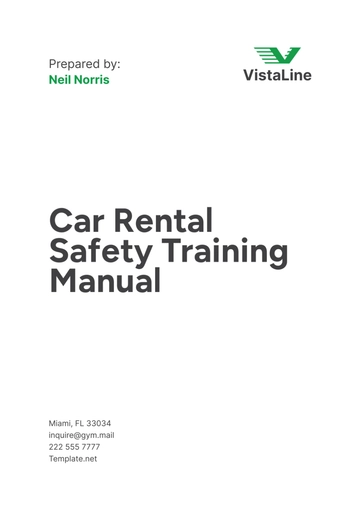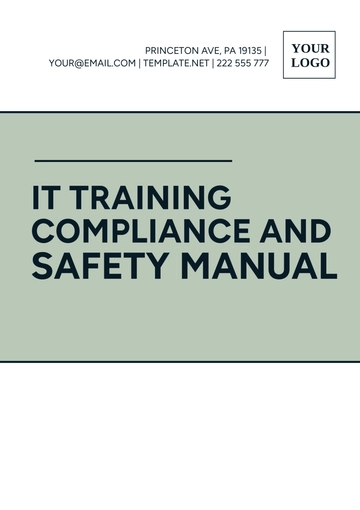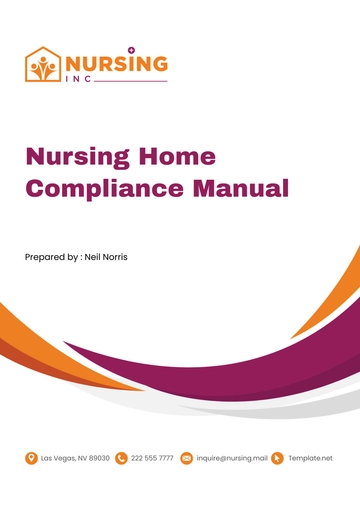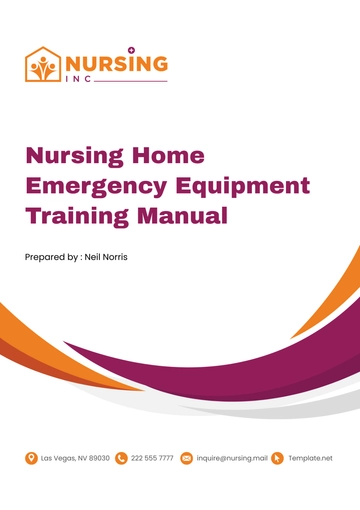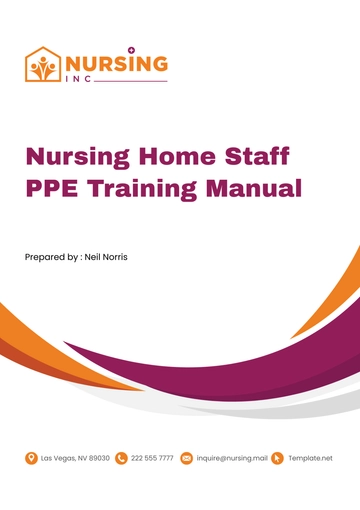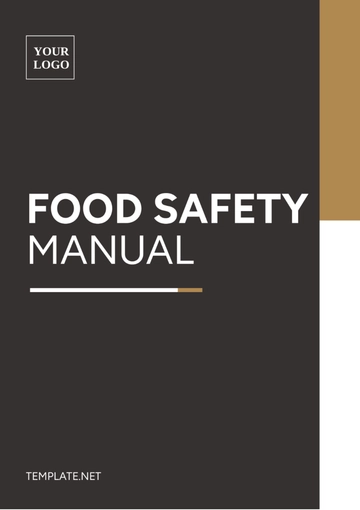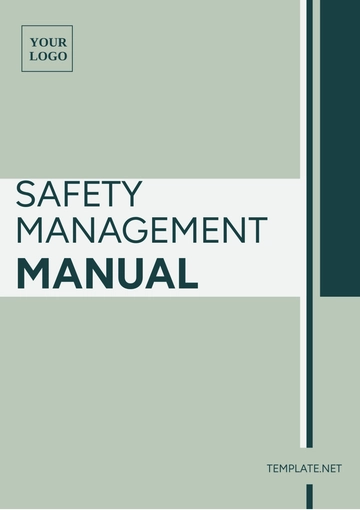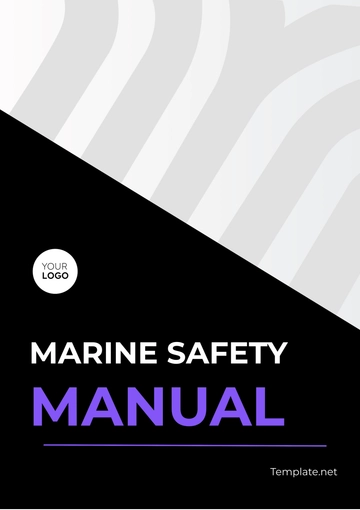Free Workplace Safety Training Manual
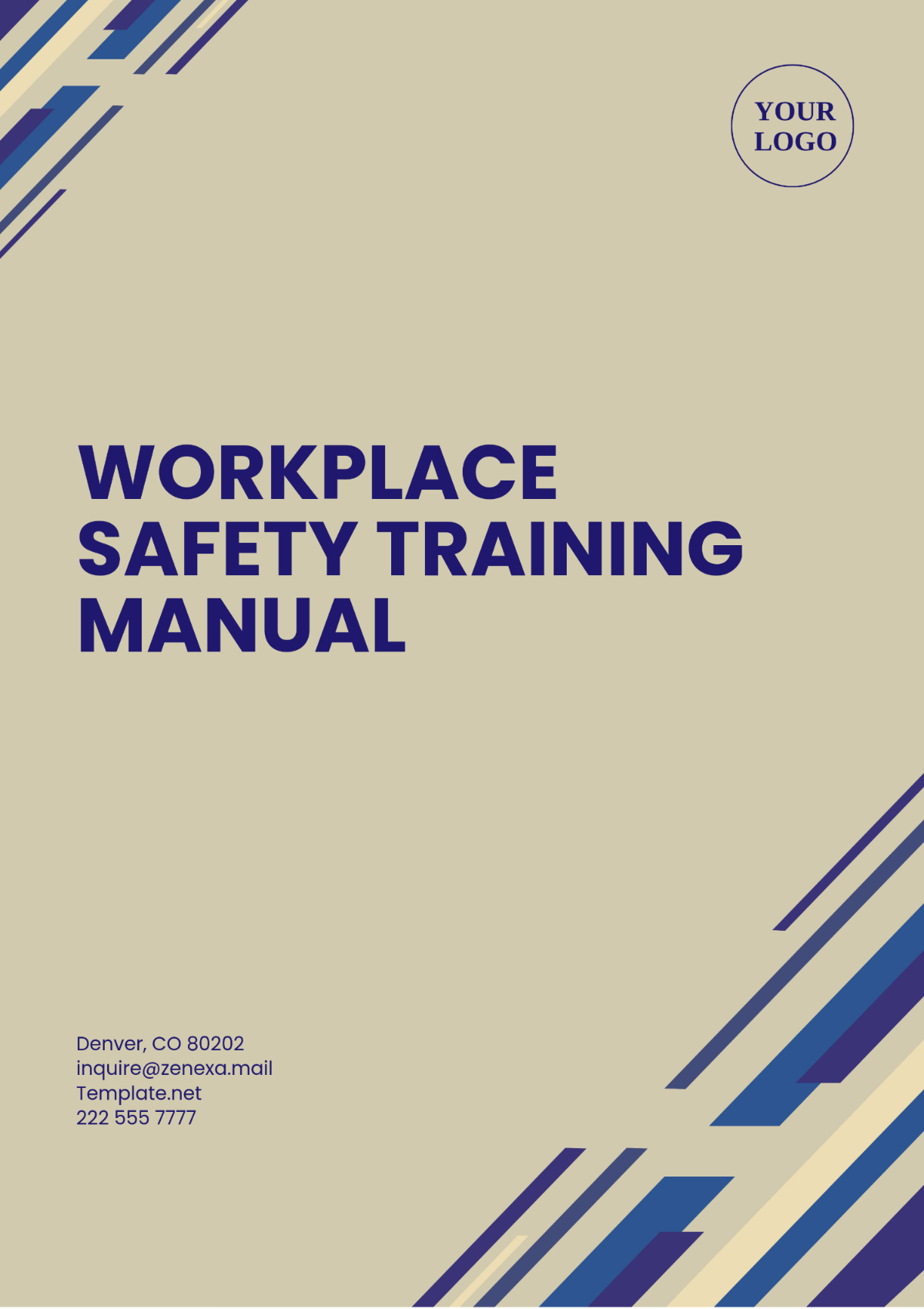
I. Introduction
Welcome to the Workplace Safety Training Manual. This document is designed to ensure that all employees are well-informed about the safety protocols and procedures essential for maintaining a secure working environment. It provides comprehensive guidelines to help prevent accidents and manage potential hazards effectively.
II. Safety Policies
Our company is committed to providing a safe and healthy workplace for all employees. Adhering to the following safety policies is crucial:
General Safety Rules
Always follow established safety procedures.
Use personal protective equipment (PPE) as required.
Report any unsafe conditions immediately to a supervisor.
Workplace Hazards
Report hazards like spills, exposed wiring, or unsafe equipment.
Follow proper procedures for handling hazardous materials.
III. Emergency Procedures
In case of an emergency, follow these procedures to ensure safety and effective response:
Fire Emergency
Evacuate the building using the nearest exit.
Do not use elevators during a fire.
Assemble at the designated meeting point and await further instructions.
Medical Emergency
Contact emergency services immediately.
Provide first aid if trained and safe to do so.
Notify a supervisor about the incident.
IV. Hazard Identification
To maintain a safe workplace, it is important to identify and address potential hazards:
Common Workplace Hazards
Slips, trips, and falls
Electrical hazards
Chemical exposure
Hazard Reporting Process
Report hazards to the safety officer.
Document the hazard and any actions taken.
V. Accident Reporting
Properly reporting accidents ensures that they are addressed and can be prevented in the future:
Reporting Accidents
Complete an accident report form.
Provide details about the incident, including date, time, and involved parties.
Follow-Up Actions
Review the incident to determine the cause.
Implement corrective measures to prevent recurrence.
VI. Training Requirements
All employees are required to complete safety training as follows:
Initial Training
Complete within the first two weeks of employment.
Ongoing Training
Participate in annual refresher courses and updates.
VII. Contact Information
For further assistance or questions regarding safety protocols, please contact the relevant departments:
[Your Name]
Safety Officer
[Your Email]
VIII. Conclusion
Adhering to these safety protocols helps ensure a safe working environment for everyone. We appreciate your commitment to following these guidelines and contributing to a secure workplace.
- 100% Customizable, free editor
- Access 1 Million+ Templates, photo’s & graphics
- Download or share as a template
- Click and replace photos, graphics, text, backgrounds
- Resize, crop, AI write & more
- Access advanced editor
Introducing Template.net's Workplace Safety Training Manual Template, your comprehensive solution for a secure workplace. Easily editable and customizable, it's tailored to fit your organization's unique requirements. With our Ai Editor Tool, effortlessly modify and adapt the manual to ensure optimal safety standards. Empower your team with knowledge, effortlessly..

